New Boston Historical Society
New Boston, New Hampshire
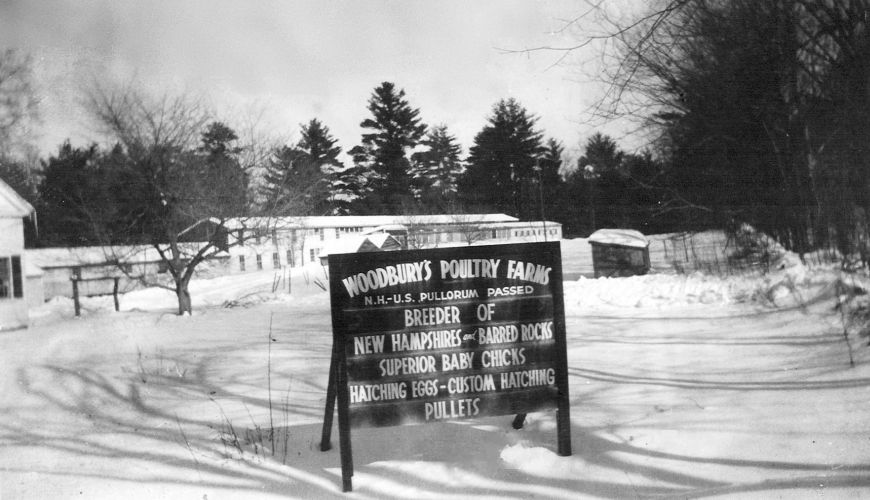
Woodbury Poultry Farms on the Weare Road - 1941
An Eggsplosion of Chickens
The Chicken & Egg Industry in New Boston
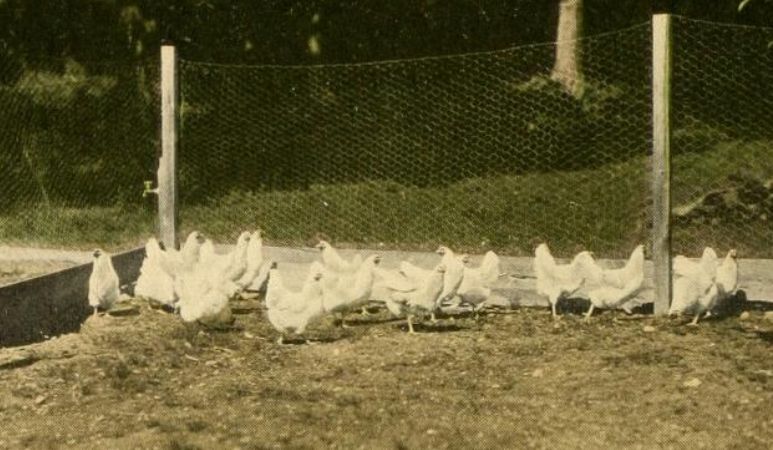
These "White Plymouth Rock" hens laid brown eggs for the Valley View Farm.
In the years from 1930 to the late 1950s, it seemed that chickens and eggs would provide the path to prosperity. Harold "Bo" Strong remembers his grandmother Laura telling her husband George that she had 300 hens, and he had a barn full of cows, and her hens were making more money!
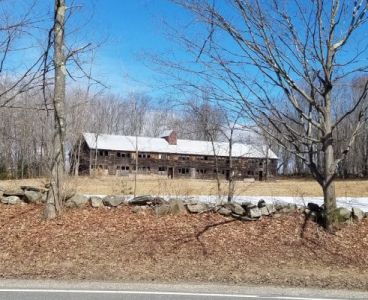
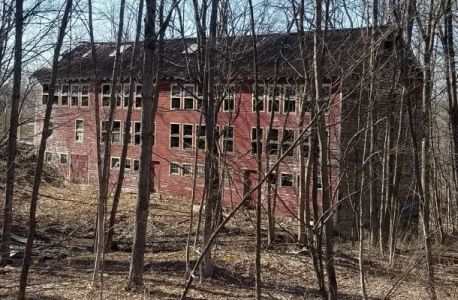
The Elliott hen house on the Francestown Road & the Tautkus hen house on the Bedford Road
1938 Map of New Boston showing location of Poultry Farms
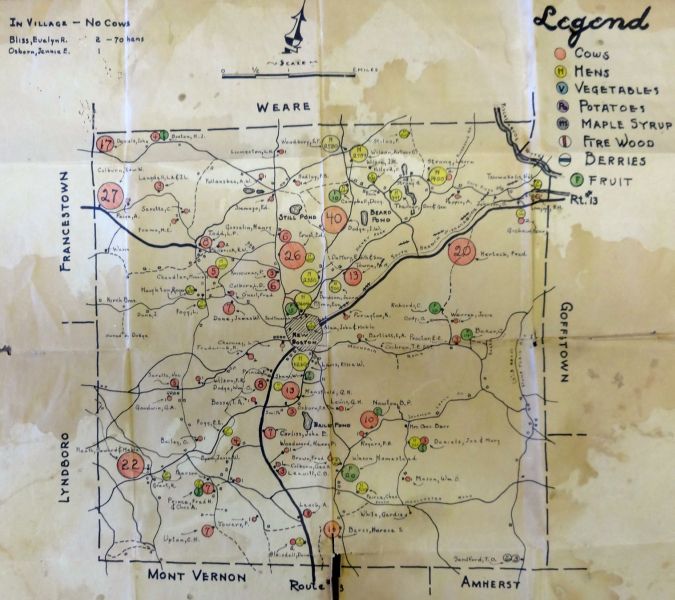
(Click on the map once or twice to see a larger image.)
Once you had a few hundred chickens, or a thousand, you began to invest in fancy equipment. For example, you might want a motorized conveyor belt to automate the grading of eggs, and that cost money. Deb Keiner showed me in the cellar of her Lull Road home a Cugley Incubator that was the size of two refrigerators, with dozens of racks for the trays of eggs. The stone walls of the cellar were painted silver in hope of reflecting heat and reducing fuel bills. This was once the Theuner house, also known as "The Mighty Fine Egg Company."
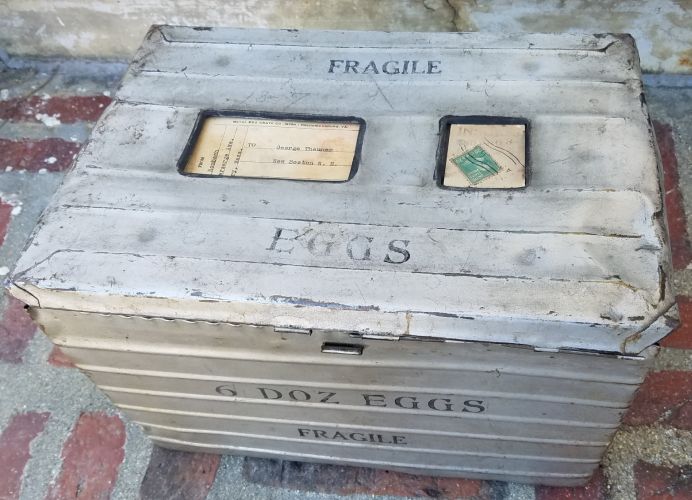
The Theuners shipped this egg box to Boston full of eggs.
The hotel flipped the address card over to return the now-empty box to New Boston.
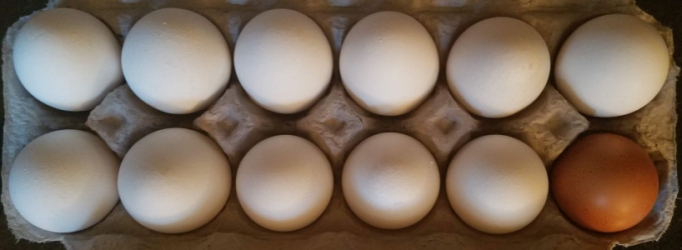
One of these eggs was a New England favorite.
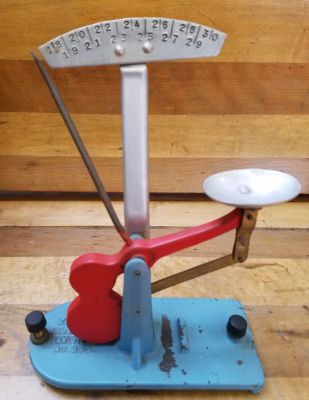
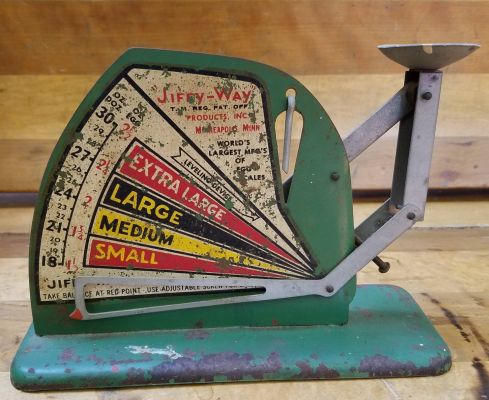
Egg scales used to grade eggs — lent by Paula LeBaron.
Meanwhile the cost of chicken feed here in New England was going up, which gave the giant chicken farms of the Midwest a competitive advantage. The Karanikas poultry-processing business in Goffstown was bankrupt by 1963, and New Boston farmers were lucky to get pennies on the dollar for the chickens they'd sold.
The New Boston Town Report, my source for chicken population data, last published an inventory of fowls in 1967, by which time there were only 725 roosters and hens in town, fewer than when the Great Chicken Boom began a hundred years ago.
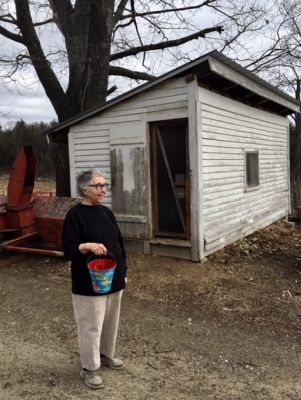
Sylvia Chancey keeps a few chickens on her Wilson Hill Farm.
